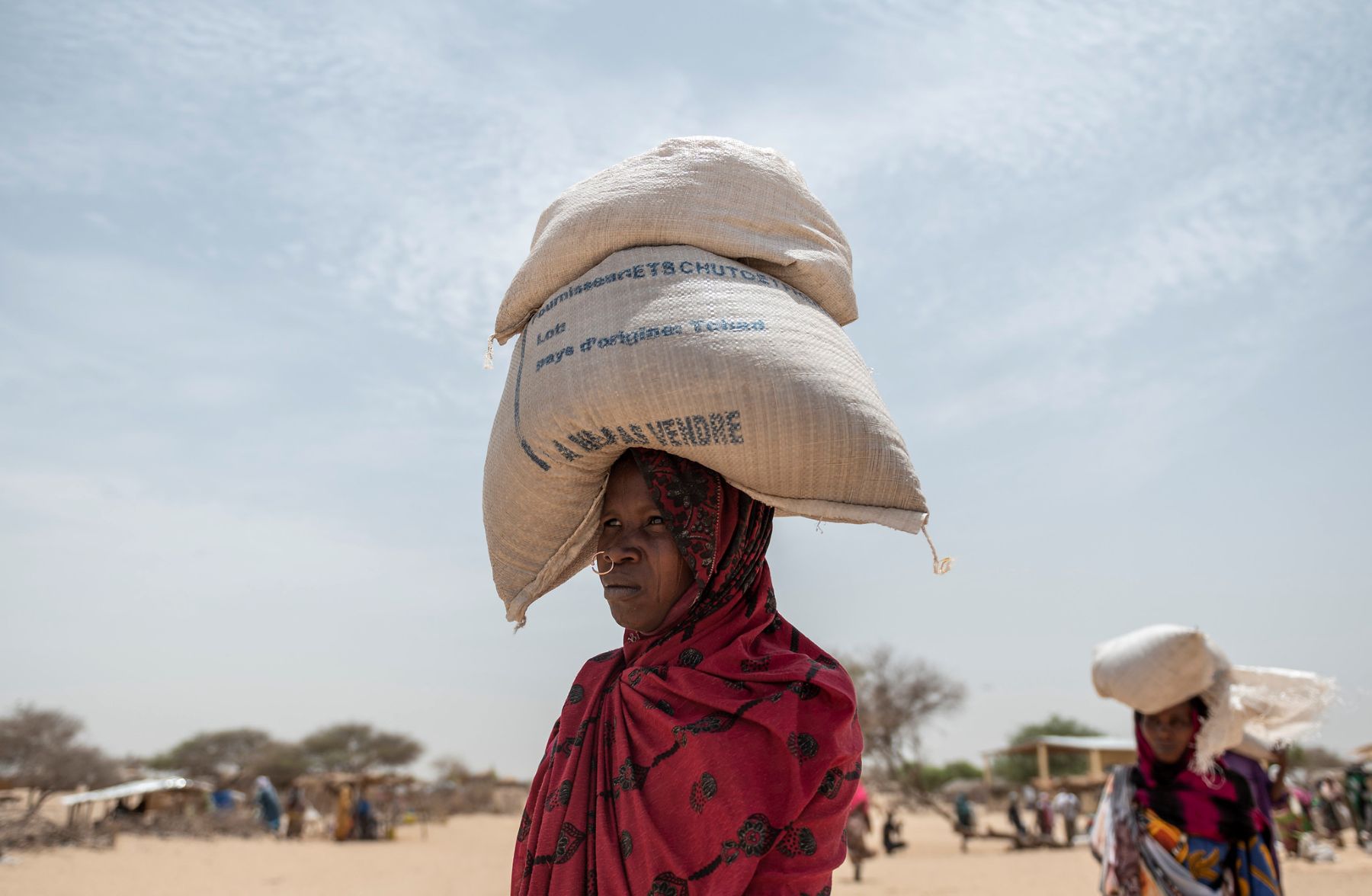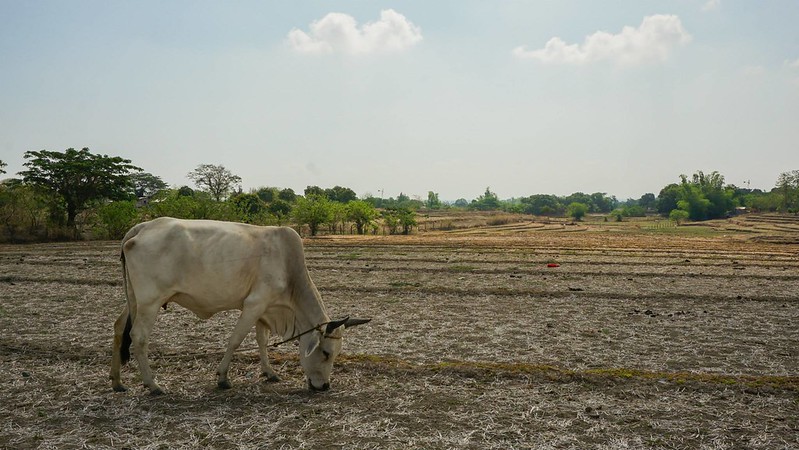Wars, droughts, floods and other effects of climate change are leading to pervasive and complex emergencies globally, causing displacement, famine and crop failure, among many other adversities. As several of these events occur in tandem, there is a need to have a multi-dimensional understanding of how things such as climate change, conflict and intersectional identities intertwine. One of the key pillars to mitigate their impacts is resilience — as highlighted by the ongoing 27th Conference of Parties (COP27) in Sharm El-Sheikh, Egypt — and in this blog, we share how some of 3ie’s ongoing work will help inform future policy on how people, communities and institutions can better prepare and respond to shocks in the future.
We are creating an evidence gap map to improve access to research on resilience to shocks and stressors-related interventions in low- and middle-income countries (L&MICs) for policymakers, researchers, and the development community. Searching for and mapping evidence allows us to understand interventions that are most studied across impact evaluations and systematic reviews, and from the latter, we can identify those that seem to work better to build resilience. The Resilience EGM, along with three other EGMs on nutrition, agriculture and water, sanitation and hygiene, is being led by 3ie with support from the United States Agency for International Development (USAID)’s Bureau for Resilience and Food Security (RFS), via a partnership with D-Lab at the Massachusetts Institute of Technology (MIT).
Integrated resilience capacities
In the map, we will include impact evaluations and systematic reviews looking at interventions aiming to strengthen resilience against shocks/stressors in L&MICs. We define resilience as an individual’s (households’, communities’, or institutions’) capacity to absorb, adapt, and/or transform to face shocks and stressors. The types of interventions to increase socio-economic resilience to shocks and stressors can vary greatly and involve numerous dimensions, including disaster risk financing, social protection, early warning systems, natural resource management, financial inclusion and livelihood, social cohesion and conflict resolutions, governance and inclusive institutions.
The outcomes of the map will reflect the capacities to absorb, adapt, and/or transform by the target groups — whether they have integrated resilience capacities, are better able to resist and recover from shocks and stresses of a crisis and engage in more sustainable livelihood strategies to contribute to long-term development goals.
This map will only include studies in which the interventions were designed or have taken place in the context of a shock or stressor, i.e., harmful or adverse events that impact well-being immediately or over the long term. This includes conflict, wars, natural disasters, climate change effects, and economic shocks.
Check out the framework here to learn more about the scope of the EGM and stay tuned for the final report to be published early next year. For more information, please contact Miriam Berretta (mberretta@3ieimpact.org).










